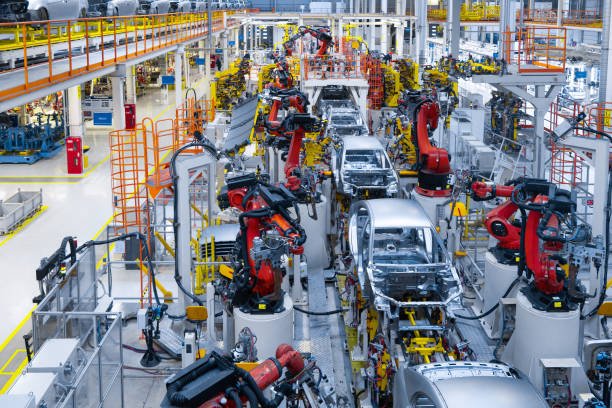In the realm of modern construction, steel frame buildings have revolutionized the landscape with their durability, versatility, and sustainability. From skyscrapers to warehouses and residential complexes, steel frames have become synonymous with strength and architectural flexibility. This article explores the process of steel frame fabrication, its advantages, and various applications in contemporary construction practices.
Advantages of Steel Frame Buildings
Steel frame buildings offer numerous advantages over traditional construction methods:
- Strength and Durability: Steel is renowned for its high strength-to-weight ratio, making it ideal for structures requiring long spans and heavy loads. It can withstand harsh weather conditions and is resistant to pests and rot, ensuring longevity.
- Design Flexibility: Steel frames allow for large open spaces without the need for intermediate columns or load-bearing walls. This flexibility enables architects to create innovative designs and modern aesthetics.
- Speed of Construction: Compared to concrete or wood, steel frames can be fabricated off-site and assembled quickly on-site, reducing construction time and labor costs. This rapid assembly also minimizes disruptions in urban areas.
- Sustainability: Steel is a highly sustainable material due to its recyclability. Up to 90% of structural steel is typically recycled at the end of a building’s life, reducing environmental impact and conserving natural resources.
- Fire Resistance: Contrary to popular belief, steel structures can be designed to be highly fire-resistant with proper insulation and fireproof coatings, enhancing overall safety.
Fabrication Process of Steel Frames
The fabrication of steel frames involves several key steps:
- Design and Engineering: The process begins with detailed structural design and engineering to determine the precise specifications of the steel frame. Computer-aided design (CAD) and building information modeling (BIM) software play crucial roles in this phase.
- Material Selection: High-quality structural steel, typically in the form of beams, columns, and braces, is selected based on the structural requirements and design specifications.
- Cutting and Shaping: Steel components are fabricated in specialized workshops or factories where automated cutting and shaping machinery ensure accuracy and consistency. This prefabrication process enhances efficiency and quality control.
- Welding and Assembly: After the components are cut to size, they are welded together to form the structural frame. Skilled welders and technicians meticulously join the pieces according to the engineered drawings.
- Surface Treatment: To enhance durability and aesthetics, the steel frame undergoes surface treatment processes such as sandblasting to remove impurities and coatings to prevent corrosion.
- Quality Assurance: Throughout fabrication, rigorous quality control measures ensure that each component meets industry standards and project specifications. This includes dimensional checks, welding inspections, and material testing.
Applications of Steel Frame Buildings
Steel frame buildings are utilized across various sectors and for diverse purposes:
- Commercial and Office Buildings: High-rise office towers and commercial complexes benefit from steel frames due to their strength and design flexibility.
- Residential Construction: Steel framing is increasingly popular in residential buildings, offering homeowners customizable layouts and durable structures.
- Industrial Facilities: Warehouses, factories, and logistics centers utilize steel frames for their ability to accommodate large open spaces and heavy equipment.
- Infrastructure Projects: Bridges, airports, and stadiums often incorporate steel structures for their robustness and ability to span long distances.
- Renovation and Retrofitting: Existing buildings can be strengthened and modernized with steel frame additions, extending their functional lifespan.
Conclusion
In conclusion, steel frame building represent a cornerstone of modern construction, combining strength, durability, and sustainability. The fabrication process, characterized by precision engineering and advanced manufacturing techniques, ensures high-quality structures tailored to diverse architectural needs. From towering skyscrapers to functional warehouses, the applications of steel frames are extensive and continue to evolve with technological advancements. As the construction industry embraces innovation and sustainability, steel frames remain at the forefront, shaping the cities and landscapes of tomorrow.
